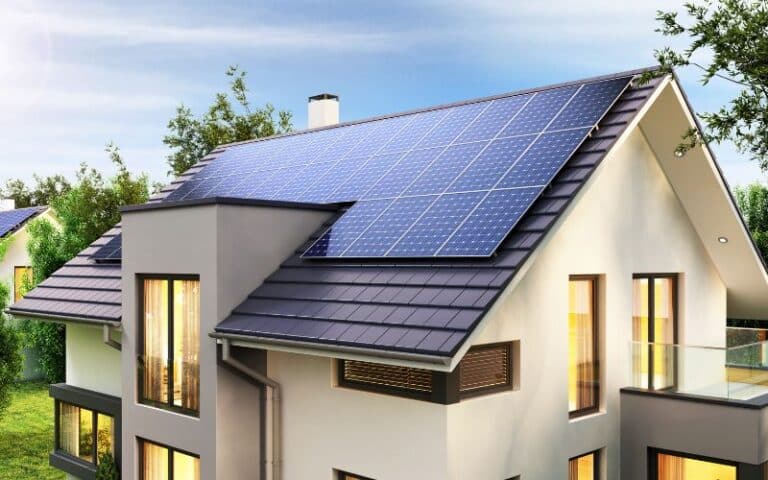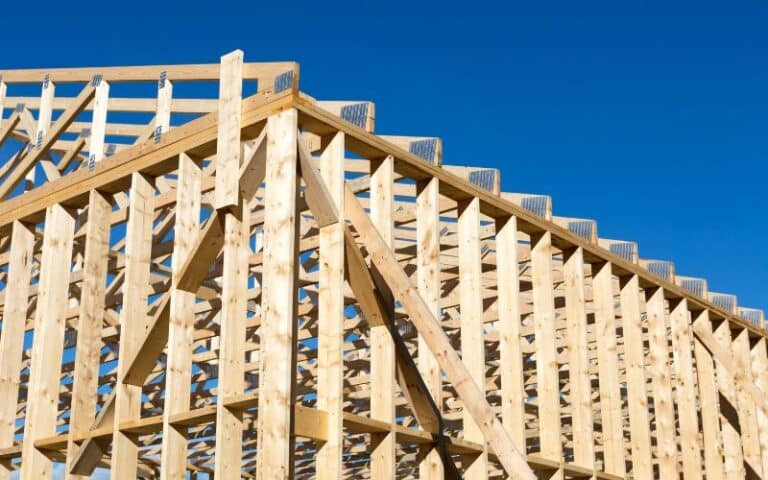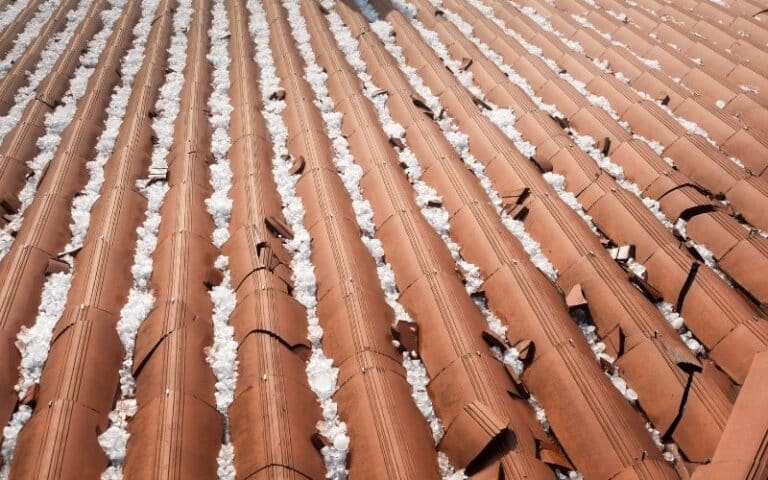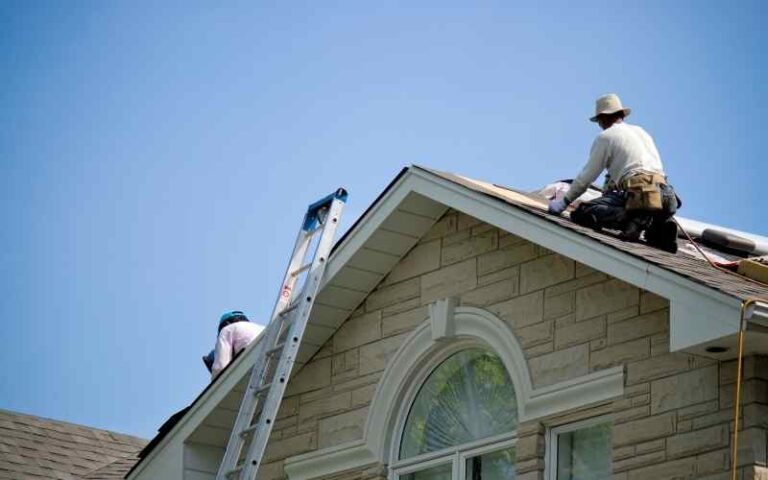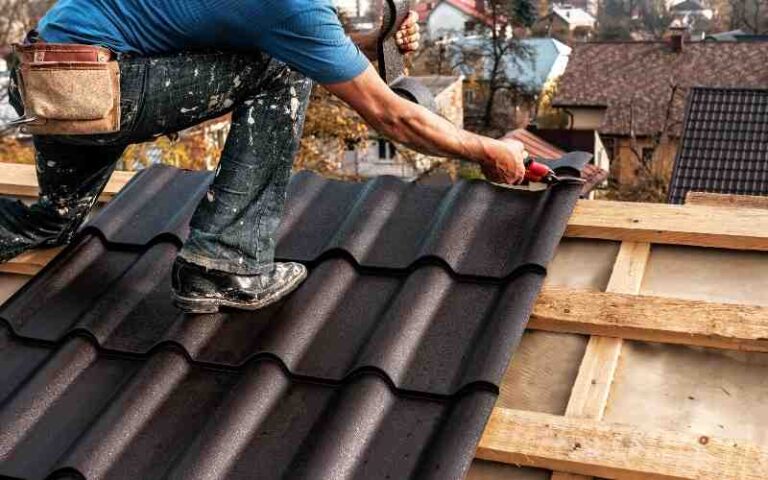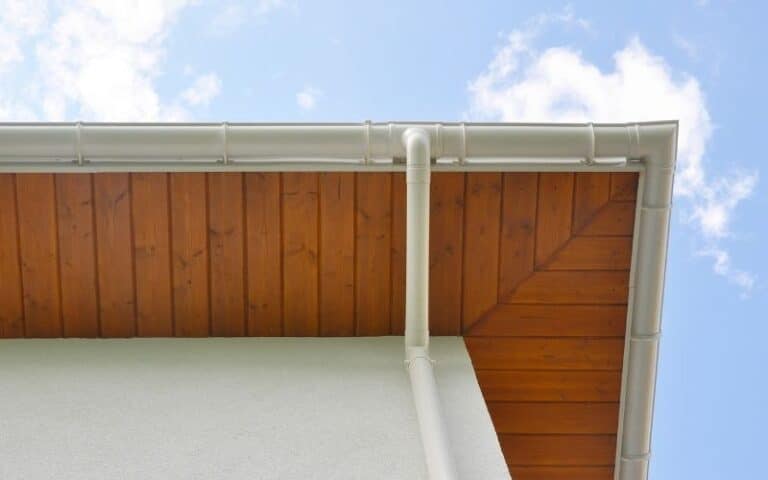The ridge vent is key to the attic ventilation. Proper ventilation helps get rid of humidity and excess heat in the attic. It keeps the attic cooler in the summer and drier in the winter.
Proper ventilation stops the growth of mold. So, it is needful to get your choice of ridge vent right.
When it comes to utility, everyone is out to get the product that best suits their needs.
There are many ridge vent products in the market. But Shingle Vent II and Cobra seem to stand out. Both products have been in the market for years.
They also have good user reviews. It is only natural if you feel lost between the two ridge vent products.
It is like having to choose between coffee and tea. Maybe an easy choice for some, but most people end up on the fence.
It is not mission impossible to pick a winner for Shingle Vent II Vs Cobra. Cobra comes in a simple design and is an efficient ridge vent. But, Shingle Vent II does more than attic ventilation. It also deflects snow and rain away from the attic. With these features, it is Shingle Vent II over Cobra. You may read our related post about Shingle Vent II Vs Snow Country
Ready for a Roofing Quiz?
Key Differences Between Shingle Vent II And Cobra Ridge Vent
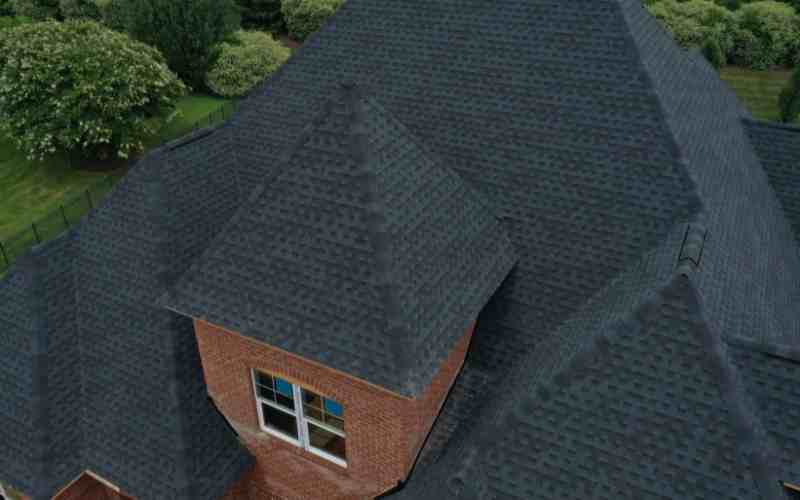
For starters, these two products are from different manufacturers. Shingle vent II is the product of Air Vent.
Cobra is a product from GAF. Air Vent ranks among the top experts in attic ventilation. GAF came on the scene in 1886 and Air Vent in 1990.
But the years between them do not give GAF an edge over Air Vent product quality. The shingle ridge vent is a shingle-over ridge vent.
Its design has a unique external baffle that boosts airflow in the attic. But, Cobra is a roll ridge vent.
It comes in a roll and looks like a rubber rug. Both ridge vents need ridge caps after installation. But you can still tell them apart.
When you study the Shingle ridge vent, you will notice a layer of foamy fabric underneath. That layer is the internal weather filter.
The weather filter is non-clogging and helps to keep rain, snow, dust, and insects out of the attic. Cobra does not come with a distinct weather filter.
So, it does not keep stuff out of the attic like Shingle Vent II. Another difference is in their dimensions. The Shingle ridge vent only has an option for 12 inches in width.
It comes in ten 4-foot pieces (40 feet) that allow good net free area. Cobra has options for 20 and 50 feet of rolled ridge vent.
It is available in 8, 10, 10.5, 10.75, and 12 inches in width. More common in the market is the 20 feet option.
It does not allow much net-free area.
Then we look at the materials used for the two products. Polypropylene is the material used to make shingle vent II.
Polypropylene degrades after 20-30 years. So, it is less toxic than most plastics. Polypropylene makes shingle vent II resistant to moisture and chemical erosion.
But, the material used for Cobra is Composite Fiber. This makeup helps it resist deformation and makes it flexible.
Due to the contrast in their makeup, the shingle ridge vent is more durable than the cobra ridge vent.
Cost Analysis Of Shingle Vent II And Cobra
Despite the efficiency of a ridge vent, the defining factor for buying is its price. While proper attic ventilation is needful, you get a hiccup breaking the bank for a ridge vent exhaust.
For the pocket-friendly option, you can turn to Cobra. You can get a sweet deal for the 20′ x 10.5″ Cobra vent black pack for under $60.
That is a fair deal for 20 feet of rolled ridge vent! Due to the superior design of the shingle vent II, it costs more than twice the price of the Cobra vent. That should not scare you.
Shingle Vent II is more than a ridge vent exhaust. Also, the shingle vent measures up to 40 feet compared to 20 feet for Cobra.
Hence the wide gap in their prices. Shingle vent II has two options on Amazon with nails and without nails.
There is only a difference of a few dollars between them. It is better to go for the one without nails. It costs about $160.
If you compare Shingle Vent II and Cobra prices, Shingle seems lavish. But look at it this way; Shingles Vent II gives you twice the length of Cobra and more features.
Why not get two 40 feet Cobra vent black packs at $120 and save $40? Well, 40 feet of Cobra would not perform as well as 40 feet of shingle vent II.
So, the shingle vent II seems pricier than a cobra, but it is the better deal in the long run.
Comparing Shingle Vent II And Cobra
Here we look at some basic features of the Shingle Vent II and the Cobra ridge vent exhaust. Their innovative designs make them unique in the attic ventilation industry.
Let us dive into the table below what features make these ridge vent exhausts perhaps the best in the market.
| Shingle Vent II | Cobra |
| It is a shingle-over ridge vent. It comes in ten 4 feet pieces. | It is a roll ridge vent. It comes in two options; 20 and 50 feet. |
| Shingle Vent II fits roof pitch sizes 3/12 to 16/12. | Cobra is fit for roof pitch sizes 2/12 to 20/12. |
| It has an external baffle. | There is no external baffle on a Cobra vent. |
| Shingle comes with a unique weather filter. | This rolled ridge vent lacks a distinct weather filter. |
| Its structure is plastic. | Its composition is 100% recycled fiber. |
| Its co-polymer design makes it very durable. | Its composite fiber design is less durable. |
| Shingle Vent II has pre-drilled nailing holes. | Cobra features nail guides along its borders. |
| It requires ridge vent nails of at least inches. | It requires ridge vent nails of at least inches. |
Pros And Cons Of Shingle Vent II And Cobra
#1. Advantages of Shingle Vent II
- The pre-drilled nail holes on the ridge vent ensure proper placement of ridge vent nails.
- It features an external baffle that causes blowing wind to jump over the vent.
- Its unique weather filter keeps the attic free of rain, snow, dust, and insects.
- Polypropylene makes it very durable and resistant to chemical erosion.
- It functions with the Bernoulli effect. The effect creates an area of negative pressure that draws air up from the attic. It helps to remove heat and humidity.
- The weather filter requires no cleaning. The air flowing out of the cleans the filter on its way out.
#2. Disadvantages of Shingle Vent II
- It is not pocket-friendly.
- Its structure is not friendly to the environment. But, it is less toxic than most plastics.
#3. Advantages of Cobra
- It has self-closing ends that make a neat finish.
- The rolled ridge vent has male-female tabs. They enable self-locking connections and make installation easy.
- It releases fewer toxins. You are guaranteed environmental friendliness.
- Its flexible roll design allows for quick and easy installation.
- The vent black pack blends with the shingles when installed.
- It is compression-resistant due to its composite fiber structure.
- It is a budget-friendly choice.
#4. Disadvantages of Cobra
- It lacks an external baffle. The blowing wind hits the vent head-on.
- Its design does not feature a weather filter. So, it does not effectively keep out rain, snow, dust, and insects from the attic.
- Its short length does not allow much net-free area.
- Its fiber structure makes it less efficient compared to polypropylene.
Conclusion
Shingle Vent II and Cobra Ridge Vent are great products. Yet, Shingle Vent II does more than ventilate the attic.
It breaks wind away from the ridge and acts as an efficient weather filter. Despite its cost, it is more durable.
So, it is the better choice in the long run. Shingles Vent II comes out on top versus Cobra.

